Detroit Death Watch – The Prequel (Part 3)

The Big Three entered the 1980’s in typical Three Stooges fashion. GM (Moe) knocked the other two automakers’ heads together, and then gloated over the market share he’d stolen– oblivious to the imports stealing it right back from under his nose. Mild-mannered Larry (Ford) scratched his professorial pate, and cooked up a brilliant scheme to avoid getting hit in the coming (import) brawl. And buffoon Curley (Chrysler) lay on the floor, doing his dry-swimming antics in a desperate attempt to draw attention to his only product: K cars.
GM’s ability to outspend Ford and Chrysler in the first round of seventies-era downsizing paid off, Big Style. In 1978, GM enjoyed a 48% share of the domestic market. During the eighties, Uber-Moe Roger Smith (of Roger and Me fame) staged one of the greatest tragi-comedy acts in industrial history. By 1989, GM’s market share fell to 35%.
GM’s efforts to re-invent their compact cars crashed. Literally. The company claimed their 1980 front wheel-drive X-Bodies (Citation, Phoenix, Omega and Skylark) offered “BMW-like performance and handling.” Note the omission of “braking.” Bereft of a $14 weight-sensing proportioning valve on the rear brakes, X-Bodies were known for their tell-tale kamikaze rear-tire screech– and the subsequent crunch as they found their next victim. Smart buyers/drivers gave them a wide berth.
Two years later, GM introduced their J-car sub-compacts (Cavalier and clones). Chevrolet General Manager Robert Lund announced their arrival with characteristic pugnacity. “We’re tired of hearing how the domestic auto industry let the Japanese take the subcompact business away from us. The whole Chevrolet organization is spoiling for a fight.”
Yes, well, the Cavalier’s design wasn’t particularly hot or competitive; pitting it against the increasingly sophisticated imports was like bringing a rubber band to a knife fight. Keeping it essentially unchanged for 23 years was like watching that same fight on an endless loop.
Mid-decade, GM embarked on an unprecedented act of auto self-mutilation. In the first bloody stroke, the Cadillac DeVille, Buick Electra and Oldsmobile 98– The General’s grandest luxury sedans– were reduced to Camry size, and fitted with front wheel-drive, 125 hp, 14” tires and tinny fake-wire hubcaps.
The Seville, Eldorado, Toronado and Riviera were next. GM reduced them to puny “eunuch-mobiles” (Oxenado?). The $27k Eldorado was now virtually undistinguishable from a $9k Buick Somerset compact, in both styling and size. Build and interior quality were equally miserable. The Cavalier-based Cimarron, Skyhawk and Firenza destroyed any remaining premium value of the once proud Cadillac, Buick and Oldsmobile divisions. Enter Lexus, BMW, Mercedes and Infiniti.
During the eighties, Ford was Camelot. CEO Donald E. Peterson was a smart, modest and plainspoken “car guy”. He motivated the Ford troops like no one since, instructing his minions to focus their efforts on higher quality, smaller, more efficient cars.
Peterson gambled the precariously-weak Ford farm on the pioneering aero-look ’83 T-Bird and ’86 Taurus. The T-Bird soared again and the Taurus went to the top of the charts– to become the bulls-eye for the Japanese darts Camry and Accord.
Ford also introduced a dumbed down version of their first “global-car” (the diminutive Escort) and the Tempo. While both models were forgettable, they sold well enough.
When Peterson left Ford in 1990, Ford’s Big Boss expressed grave concerns about the future of the U.S. auto industry. A reporter wrote “The word survival came up a lot [in our discussion]. It’s no joke to ask how much of our home-grown auto industry will exist in a generation from now.”
Peterson’s successors dropped the ball. By 1992, Ford’s lackluster line-up led the company into a $7.39b loss and a potential Chapter 11.
The 1979 government bail-out left Chrysler a shell of its former self. Development budgets evaporated. The K-car, Omni-Horizon, and the ancient hold-over RWD Diplomat (nee Volare) were the only toys in Lee Iacocca’s box. The seemingly endless stream of photo-chopped variants gave testimony to his fertile but tasteless imagination.
Fortunately for Chrysler, its “K-car in a box” (a.k.a. the Caravan/Voyager mini-vans) were an instant hit. In 1987, Iacocca went two-for-two, spending a measly $1.1b to buy AMC/Jeep.
And yet, by the end of the decade, the import brands were devouring The Big Three’s passenger-car lunch. The Three Stooges didn’t really care. By that time, the domestic market had become SUV and truck mad; the profits were phenomenal.
Once again, Detroit thought themselves triumphant. They failed to realize that they’d been lucky; cheap gas and the marketplace had evolved in their favor, rather than the other way around. When safety, rising gas prices and environmentalism eventually convinced American buyers to abandon the SUV genre for smaller, more efficient alternatives, Detroit suddenly found itself at an evolutionary dead end.
GM, Ford and DaimlerChrysler are now looking abroad, trying to marshal their global resources to develop passenger car salvation to their union-influenced domestic woes. Live or die, the past has finally caught up with Detroit.

More by Paul Niedermeyer
Latest Car Reviews
Read moreLatest Product Reviews
Read moreRecent Comments
- Bd2 Would be sweet on a Telluride.
- Luke42 When will they release a Gladiator 4xe?I don’t care what color it is, but I do care about being able to plug it in.
- Bd2 As I have posited here numerous times; the Hyundai Pony Coupe of 1974 was the most influential sports and, later on, supercar template. This Toyota is a prime example of Hyundai's primal influence upon the design industry. Just look at the years, 1976 > 1974, so the numbers bear Hyundai out and this Toyota is the copy.
- MaintenanceCosts Two of my four cars currently have tires that have remaining tread life but 2017 date codes. Time for a tire-stravaganza pretty soon.
- Lorenzo I'd actually buy another Ford, if they'd bring back the butternut-squash color. Well, they actually called it sea foam green, but some cars had more green than others, and my 1968 Mercury Montego MX was one of the more-yellow, less-green models. The police always wrote 'yellow' on the ticket.



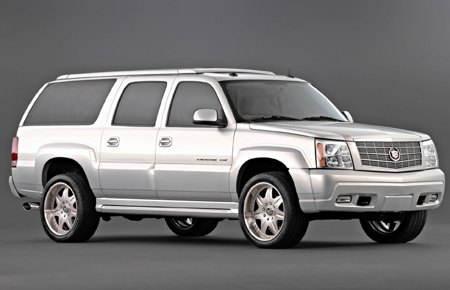














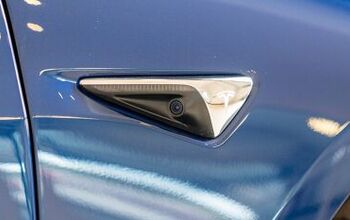
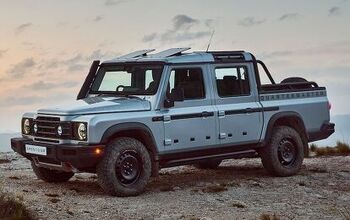
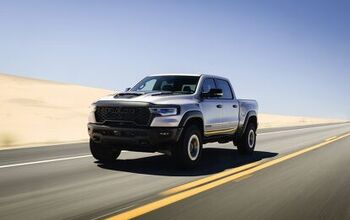
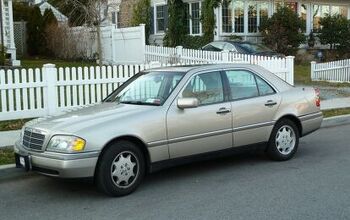

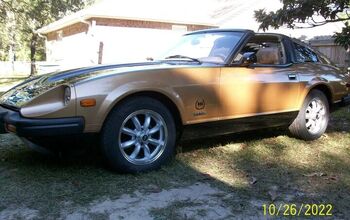
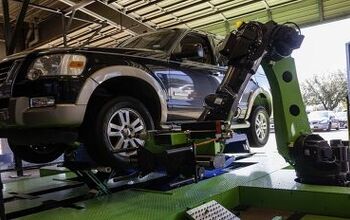
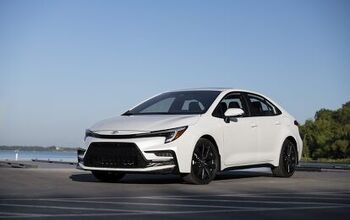
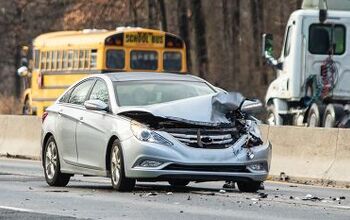

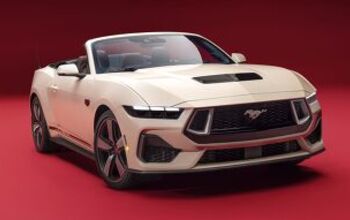
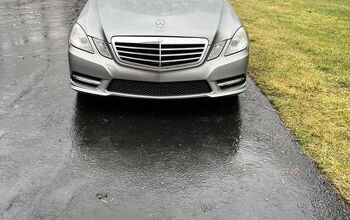

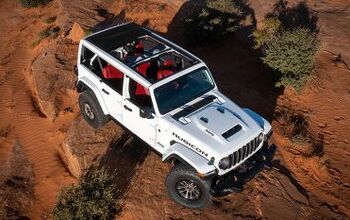
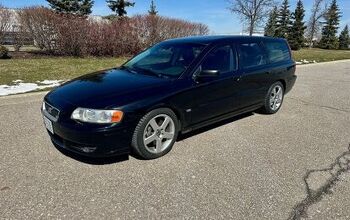
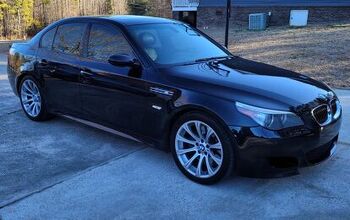
Comments
Join the conversation
Luther ... check out a book called "Rivethead" by Ben Hamper for a very interesting look into the relative sobriety of the GM workforce in the 80s. The answer is, they weren't very sober. It's a great read, very entertaining, and great insight into what trainwrecks GM's manufacturing plants were in that era.
Three Stooges? What an underhanded insult . . . to the Three Stooges.